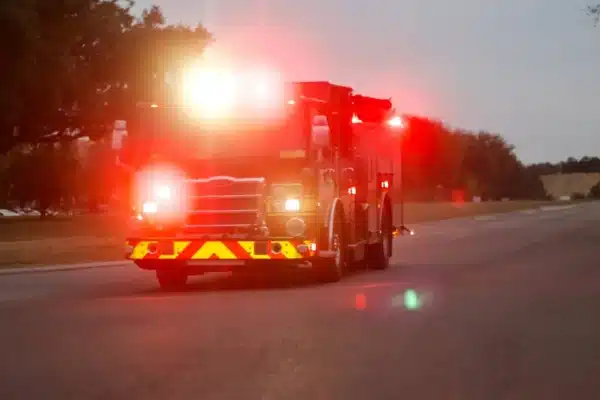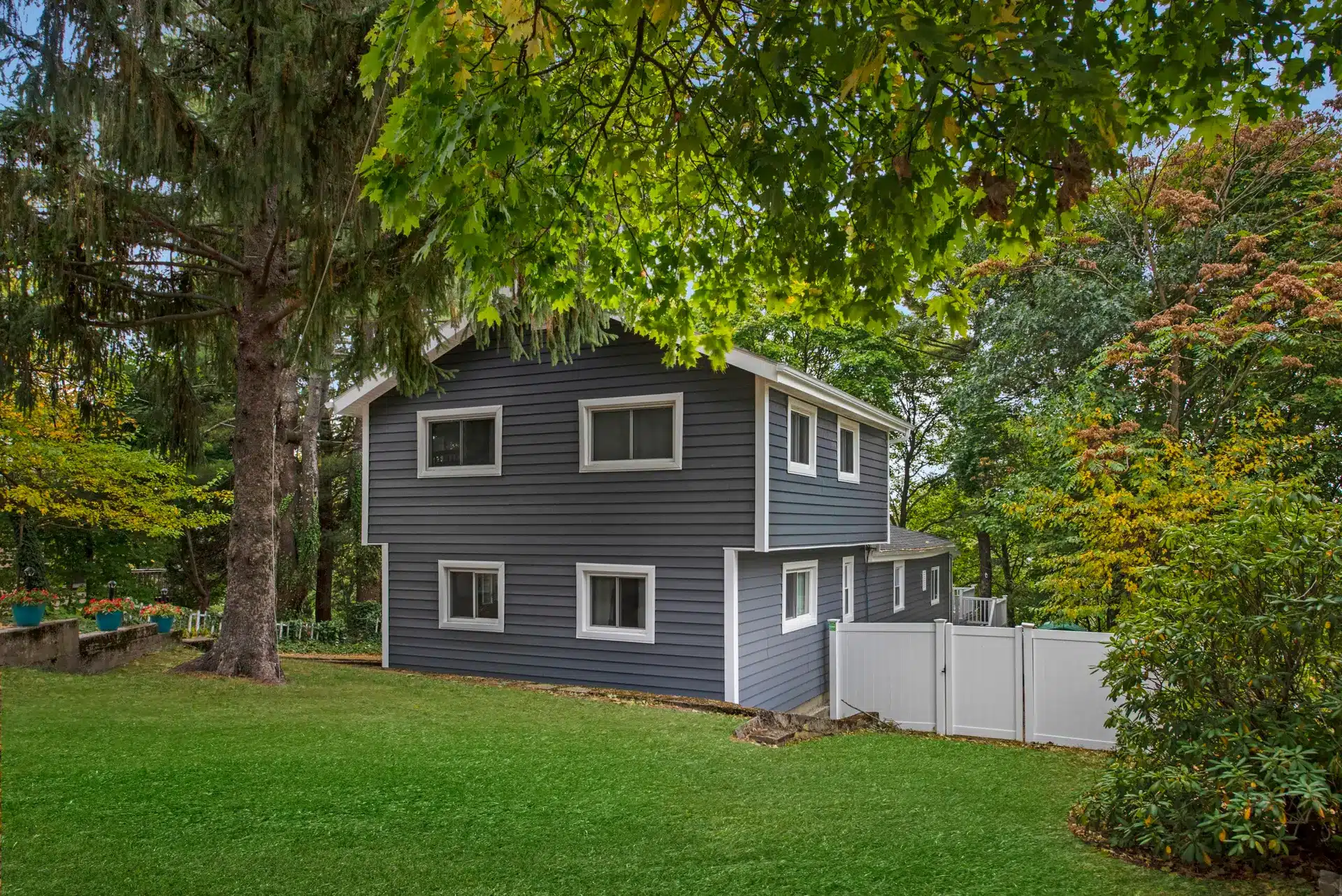Did you know that over 350,000 homes catch on fire each year? While most fires start in the kitchen, a small number also start in the bedroom and fireplace. A house fire is one of the most devastating and dangerous things that can happen to your home, but can heat resistant siding–specifically vinyl–help stop the spread?
When it comes to fire safety, vinyl siding can meet or exceed industry standards. There are several reasons why vinyl is a fire resistant house siding choice, giving your family priceless peace of mind.

Heat Resistant Siding Upgrades on New England Homes
Looking to see some real-life examples of heat resistant siding? Check out some of our vinyl siding projects throughout New England:
- Vinyl siding installation in Hampton, NH
- Heat resistant siding installation in Plymouth, MA
- Fire resistant house siding in Beverly, MA
- Vinyl siding replacement in Ashland, MA
Protect your home from the threat of fire with heat resistant siding from Coastal Windows & Exteriors. Free estimates, 0% interest-free financing and seasonal promotions are available now! Click here to book a free estimate.
How do Exterior Wall Fires Start?
The majority of house fires begin in the interior of the home. If the fire does not remain under control, it can spread to the exterior. Only a small number of fires begin at the exterior of the home, coming in around 4%.
Older homes with wood cladding are at a high risk of igniting and combustion. What’s worse is that wood siding can rapidly spread, resulting in a complete loss once the fire engulfs the home.
If a home with fire resistant home siding like vinyl manages to catch on fire, whether it begins from the inside or outside of the home, it won’t spread as fast. Studies show that vinyl siding burns and spreads at a slower rate than wood.

Fire Resistant Siding: A Look at the Materials
The material of your exterior plays a large role in how well it will protect your home.
Consider this: organic materials will make it easier for fire to ignite and spread. Think of when a forest catches on fire. With all the trees, leaves, and bushes, the fire can very quickly become out of control.
This is why wood siding is not recommended for fire protection. The organic panels or cedar shakes make it all too easy for a fire to start and spread.
For example, framing lumber will ignite from a flame at 500 degrees Fahrenheit. Fireproof siding like vinyl won’t ignite until it reaches a higher temperature at 750 degrees Fahrenheit.
Is Vinyl Siding Fire Resistant?
What makes vinyl siding a great choice when it comes to fire safety? The answer lies within the makeup of the materials.
When the material polyvinyl chloride, found in vinyl siding, catches fire, it does not release a lot of energy. This is beneficial to stop the spread of the fire since the flames cannot rapidly spread on their own.
Vinyl Siding Dampers the Effect of Fire Spread
The flames need oxygen to continue burning and spreading. The average fire requires 16% of oxygen content to continuously burn. However, vinyl siding requires an unusually high amount of oxygen to enable the spread of fire.
Since it’s more difficult for fire resistant siding like vinyl to spread fire and continue burning, it makes it easier to extinguish the fire.

What Does a Class A Flame Spread rating mean?
Our Exterior Portfolio siding is measured in an ASTM (American Society for Testing and Materials) E 84 test, which measures the flame spread of material. The ratings go from 0 to 200 with a red oak sample of wood registering a score of 100. The National Fire Protection Association (NFPA) develops standards related to fire prevention. They have developed the classification system which is based upon the ASTM E 84 test.
Source: https://www.nfpa.org/
Class A is the most stringent category and represents a score of less than 25 on the E-84 test. Our Exterior Portfolio Vinyl Siding has a Flame Spread rating less than 25 on this test and is therefore designated as Class A.
Class B materials would have a Flame Spread of 26-75, while Class C materials would have a Flame Spread rating between 76 and 200.
Did You Know?
Vinyl siding has a higher ignition temperature than wood and it is also self-extinguishing, which means that when the flame source is taken away, the product will stop burning.
Fire Prevention is the Best Course of Action
The good news is that many fires are preventable. Keeping in mind that nearly all fires begin in the interior of the home, consider these fire prevention tips for your family’s safety:
- Install smoke alarms on all levels of your home
- Stay in the kitchen when you are cooking, especially when you are frying food and using the stove
- Keep matches out of reach of children
- Inspect electrical cords that may pose a fire hazard
- Have a fire escape plan
- Consider fire resistant home siding such as vinyl to help slow the spread of house fires
Get Heat Resistant Siding from Coastal Windows
Is vinyl siding fire resistant? Yes, although no exterior cladding is 100% fireproof! Choosing vinyl siding from Coastal Windows & Exteriors can add a layer of protection to your home in the event that a fire breaks out.
In addition to fire safety advantages, you can enjoy the beauty and performance of heat resistant siding for years to come. Contact us today for a free quote.


